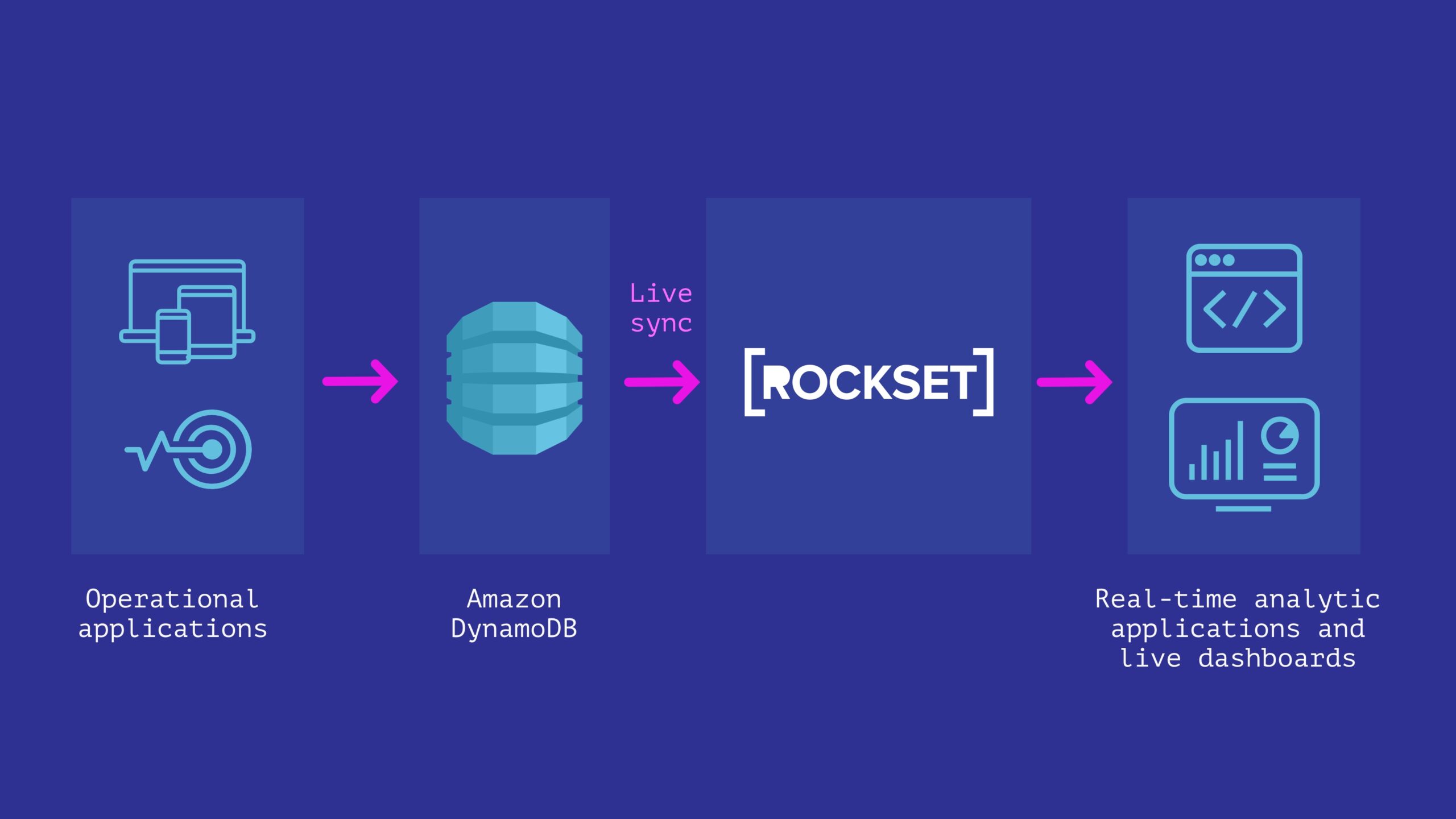
MMS • RSS
Posted on nosqlgooglealerts. Visit nosqlgooglealerts

AWS DynamoDB is a NoSQL database service by AWS that offers scalability and high performance for applications that require low-latency data access. The service was launched in 2012 to compete with other managed NoSQL databases such as MongoDB and Cassandra. DynamoDB is designed to handle large volumes of data and can scale horizontally without any downtime. It is used by many popular companies such as Netflix, Airbnb, and Lyft, to name a few.
Features and Benefits
DynamoDB offers several features that make it a powerful tool when it comes to managing large volumes of data. These features include:
- Scalability: DynamoDB can handle millions of requests per second and can scale horizontally without any downtime. This means that as your application grows, you can easily add more capacity to handle the increased load.
- Availability: DynamoDB offers high availability with automatic failover and multi-region replication. This means that even if a region goes down, your application can continue to operate without any downtime.
- Performance: DynamoDB offers low-latency data access, which makes it an excellent fit for applications that require high performance.
- Security: DynamoDB integrates with other AWS services such as IAM and KMS to provide advanced security features such as encryption at rest and in transit.
- Flexibility: DynamoDB offers a flexible data model that allows you to store structured, semi-structured, and unstructured data.
Data Model
DynamoDB has a flexible data model that allows you to store structured, semi-structured, and unstructured data. In DynamoDB, data is organized into tables, which consist of items and attributes. An item is a set of attributes that represent a single record, while an attribute is a key-value pair that represents a specific data element.
Each table in DynamoDB must have a primary key, which can either be a partition key or a composite key (partition key and sort key). Partition keys are used to partition the data across multiple nodes in the DynamoDB cluster, while sort keys are used to sort the items within a partition.
Querying Data
DynamoDB offers two ways of querying data: Query and Scan.
- Query: Query allows you to retrieve data by specifying a partition key and an optional sort key. Query returns a subset of items that matches the specified key condition expression. Query is a more efficient way of retrieving data compared to Scan, as it retrieves only the items that match the specified key condition expression.
- Scan: Scan allows you to retrieve all the items in a table or a subset of items by specifying a filter expression. Scan reads all the items in a table or a subset and applies the filter expression to return only the items that match the expression. Scan can be inefficient when dealing with large amounts of data since it reads the entire table or a subset of items.
DynamoDB Streams
DynamoDB Streams is a feature that allows you to capture a real-time stream of updates to a table and store them in a separate stream. Each stream consists of a sequence of events that have taken place on the table. Streams can be used to trigger events such as sending notifications or updating other tables in real-time.
Streams can also be used to replicate data across multiple tables or regions. By consuming the stream and writing the updates to other tables, you can ensure that data is replicated across multiple regions or tables in real-time.
DynamoDB Accelerator (DAX)
DynamoDB Accelerator (DAX) is a caching service that sits between your application and DynamoDB to improve the performance of read-intensive applications. DAX caches frequently accessed data in memory, which reduces the number of requests that need to be sent to DynamoDB. This results in lower latency and better application performance.
AWS DynamoDB is a powerful and flexible NoSQL database service that provides scalability, high availability, and low-latency data access. Its ability to store structured, semi-structured, and unstructured data, combined with its scalability, enables you to build applications that can handle large volumes of data with ease. With features such as DynamoDB Streams and DynamoDB Accelerator (DAX), DynamoDB is well-suited for real-time, read-intensive applications. If you’re looking for a NoSQL database that can handle large volumes of data and provides high performance, then AWS DynamoDB is definitely worth considering.